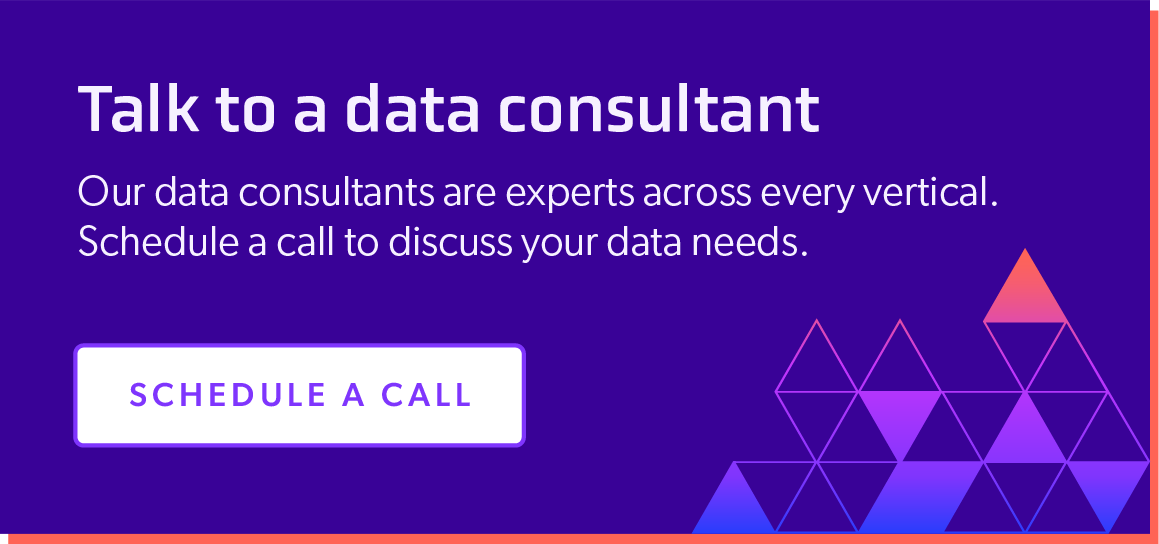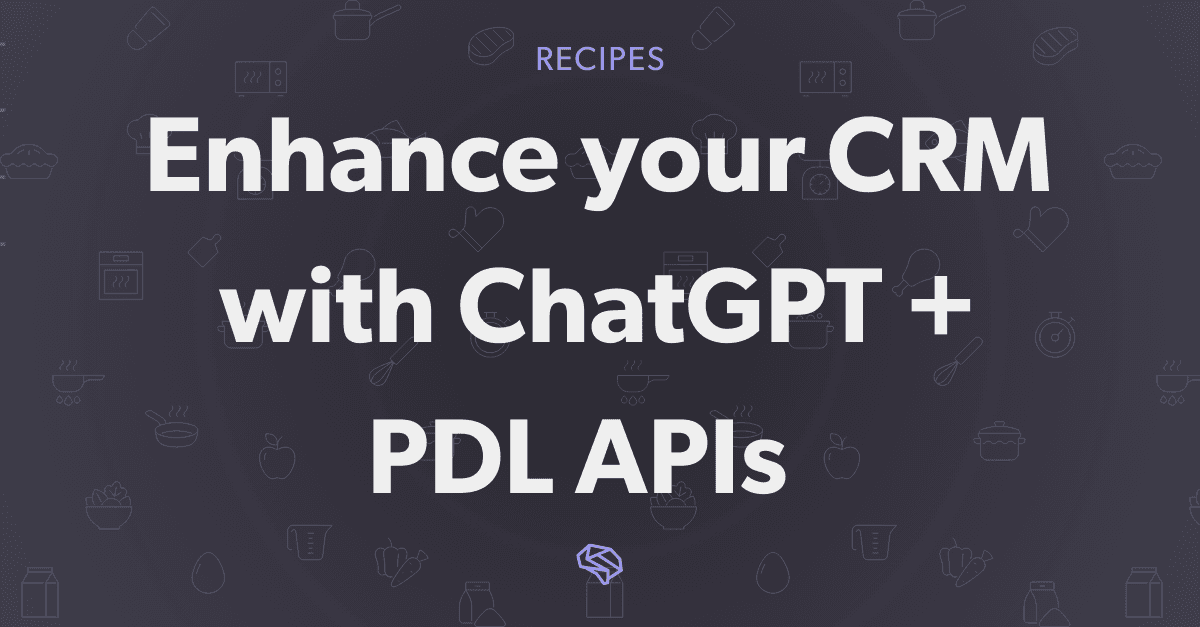
9 Effective Ways to Generate Demand
July 23, 2021
Table Of Contents

According to HubSpot, 61% of marketers consider generating traffic and leads to be their biggest challenge.
For potential customers to express interest in a service or product, they need to be aware of the problem your company is trying to solve.
Customer demand is the pillar holding any company together. Without people wanting to buy from you, your days are numbered.
In this article, you will learn how to launch successful demand generation campaigns, discover best-performing tactics, and learn the key metrics to measure the effectiveness of your efforts.
What Is Demand Generation?
Demand generation describes the blend of strategies and tactics that creates more awareness and interest in your company, products, and services.
The goal of demand generation is to:
Educate your target audience about the problems you can help them solve.
Amplify their pain points to increase the need for your product or service.
Expand the number of people willing to become your paying customers.
If done correctly, a successful demand generation strategy improves the quality of your leads, shortens the buying cycle, and boosts engagement and conversion rates.
Demand Generation vs. Lead Generation vs. Inbound Marketing
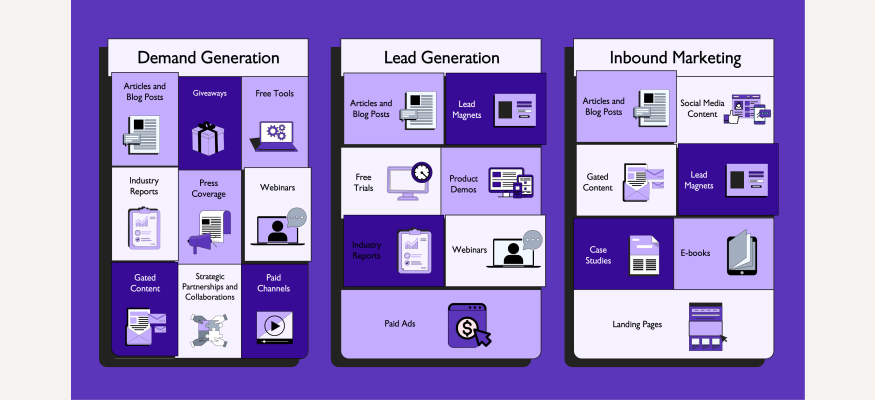
Even though demand generation, lead generation, and inbound marketing are closely related to each other, they often describe different things.
Demand generation is the set of marketing tactics aimed at increasing customer awareness by educating your target market on how your product or service can solve their problems.
Lead generation characterizes any activity aimed at turning prospects who are already in the market for the solution your company offers into leads by capturing their contact information (email addresses, phone numbers, social media profiles, etc). That information is then passed to the sales team to convert the lead into a customer.
Inbound marketing is the approach of creating valuable content tailored to the interests and needs of your target audience to grow your mindshare and customer base. The idea is to draw potential customers into the orbit of your brand by nurturing connection with your audience and helping them solve their existing problems - as opposed to outbound marketing, which is all about aggressively promoting your company across various channels.
The difference between the terms is that demand generation is a more overarching, long-term process of increasing the pool of people who can potentially become your leads and paying customers. To reach that objective, both inbound and outbound marketing tactics can be used.
For example, depending on the needs of your company, a blog post is an inbound marketing tactic that can be used both to create more buzz around some problem you’re trying to solve (top-of-the-funnel content) and generate more leads (bottom-of-the-funnel content).
This creates a massive overlap between the terms as the same tools and tactics can be used to target different stages of the buyer’s journey, and can sometimes be applied to the top, middle, and bottom of the funnel. Since the primary goal of demand generation is building awareness, most of the efforts are geared toward targeting the top of the funnel.
9 Tried-and-Tested Demand Generation Tactics
We mapped out nine best-performing demand generation tactics to effectively get more people interested in what your company has to offer.
1. Articles and Blog Posts
Creating a web of top-of-the-funnel articles and blog posts thematically related to your product or service is the foundation of almost every demand generation strategy.
By targeting keywords with high search volume, you can quickly create a steady flow of organic search traffic to your digital assets to try to pull those visitors down the demand funnel.
2. Giveaways
For years, companies have used giveaways to generate more buzz around their campaigns by offering free samples of their products or services in exchange for some level of engagement with the brand.
Giveaways are a great way to ‘kill two birds with one stone’ by subtly raising awareness of the company’s products or services and getting more qualified leads in the sales pipeline.
Here’s how Men’s Health used a giveaway to skyrocket their email list and expand their mindshare:

3. Free Tools
Building a free tool that can solve a specific problem for your target customer base has shown a massive ROI for B2B companies and is a great way to increase brand awareness, customer loyalty, and generate more interest in your company products.
As an example, Moz, a company that offers software solutions for companies to increase their SEO performance, developed a free tool for analyzing domains and made it available to the public, significantly increasing their mindshare and acquiring a lot of useful customer data:
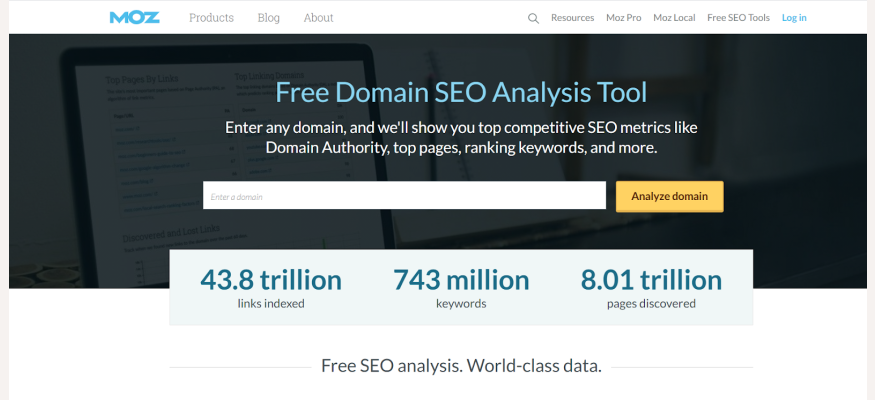
4. Industry Reports
Backed by hard data, industry reports help increase awareness around a problem you are trying to address while enhancing brand credibility.
What’s more, staying on top of industry trends positions you as an industry leader that remains ahead of the competition. For years, big, well-established companies and small businesses alike have used this tactic to set themselves apart from the rest of the pack.
For instance, as a way to reinforce the position of a key player, PricewaterhouseCoopers, one of the Big Four accounting firms, developed this industry report covering the state of the cybersecurity sector in Singapore:

5. Press Coverage
In an effort to place their brand on the map, companies often partner up with major industry publications and use the power of PR to draw more attention to their products and services.
Getting more media coverage is a sure-fire way to quickly build your mindshare, and therefore, increase the size of your target market.
Here’s an example of a press release in Associated Press News that helped Policygenius draw more eyeballs to their brand - and the services they provide:
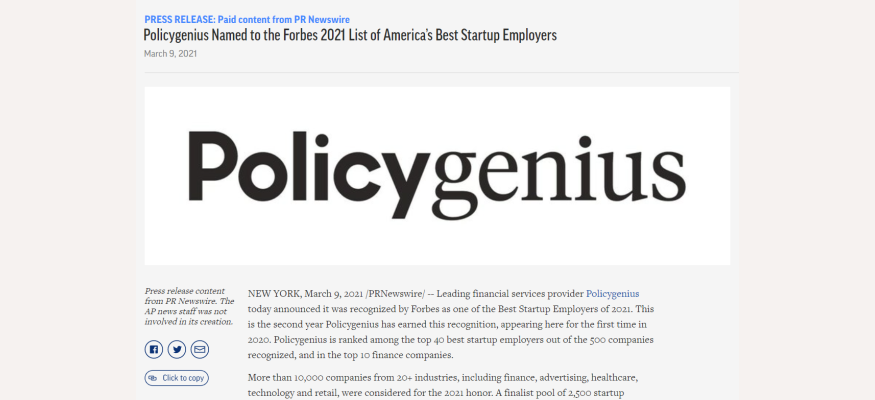
6. Webinars
There’s no signs of the video marketing train slowing down.
As a way to reach their potential customers, more and more companies have been allocating their marketing budgets to creating and hosting online webinars.
Having impressive engagement rates, webinars have proved to be an effective tool for nurturing relationships with the customer base, and educating them on the problems the company’s products were designed to address.
Knowing the power of webinars, DailyFx has been heavily relying on this channel to explode the number of their clients, pushing out eight webinars in just one week:
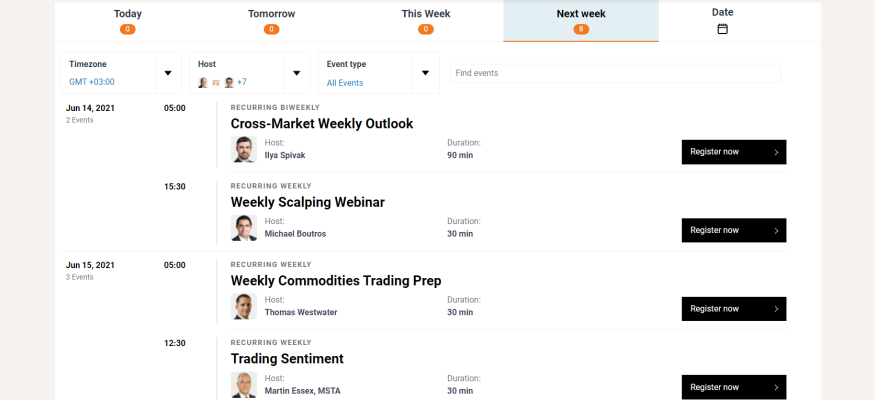
7. Gated Content
Ebooks, case studies, checklists, spreadsheets - these are just a few things you can give away to your visitors in exchange for their contact information and warm up your audience through nurture campaigns.
Create useful content that helps your visitors, add an email subscription form to the equation, and you have created gated content. Gated content has been the go-to tactic for marketers working across all industries to generate more customer demand.
As an example, Frugal For Less, a popular and well-established publication covering personal finance is utilizing gated content to get more visitors interested in their courses:

8. Strategic Partnerships and Collaborations
No company is an island. Collaborations and partnerships with well-established brands are a sure-fire way to dramatically expand your mindshare, build up your brand image, and expand the customer base.
Here’s how LeSportsac, a retail brand selling women’s accessories, partnered up with Disney to generate a massive amount of buzz around their brand with their new collaboration collection:
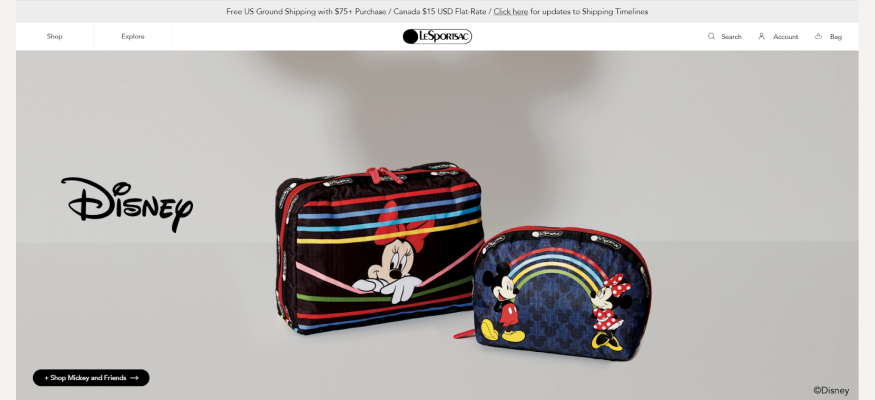
9. Paid Channels
When you create a piece of top-of-the-funnel content that delivers a great ROI, the next logical step would be leveraging paid channels to promote best-performing content to your potential customer base. That way, you can increase your brand awareness relatively quickly to keep the momentum going.
Here’s a paid Facebook ad created by Semrush to amplify the reach of an article to maximize the impact of their content marketing efforts and generate more demand for the solutions the company provides:
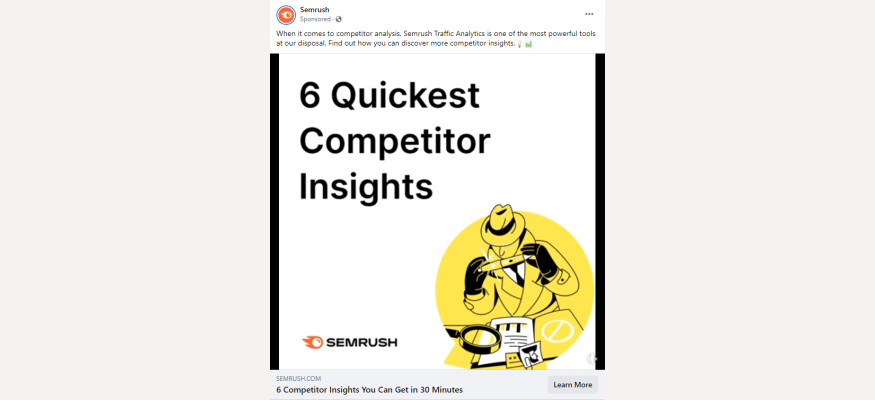
Measuring Your Demand Generation Efforts
To avoid burning through your budget and getting subpar results, it’s important to use KPIs and metrics to measure the effectiveness of your demand generation campaigns.
Such an empiric approach would help you find out whether your marketing and sales efforts actually make a dent in winning more mindshare, as well as which channels you should focus on.
Organic Search Traffic
Since creating content is at the core of demand generation marketing, the number and dynamic of users you drive from search engines is an indication of how successful you are at producing top-of-the-funnel content.
Website Engagement Metrics
Bounce rate, pages per session, average session duration, returning visitors, and average time on page are only a few metrics used to gauge the level of interest in the content you publish on your website. These metrics give you a glimpse into how successful you are at grabbing and retaining your audience’s attention.
Close Rate Per Channel
A typical demand generation strategy entails utilizing multiple marketing channels that each perform differently. Knowing the conversion rate of each channel can help you streamline your strategy to redirect your budget to the best-performing channels.
Cost Per Marketing Qualified Lead (MQL)
This metric measures the average amount of money it takes for your company to generate one MQL, a lead that indicates their interest in your company’s product and service by engaging with your brand.
Conversion Rate from MQL to SQL
This metric measures the number of MQL’s that were converted into sales qualified leads (SQL), meaning they are ready to talk to your sales team.
Demand Generation Funnel Progression Conversion Rate
The demand gen funnel is typically separated into four main stages (awareness, interest, decision, action). This metric measures the percentage of prospects and leads that made it through each stage of the funnel, giving you data on how effective your demand generation campaigns truly are.
Customer Acquisition Cost
CAC is a key metric that measures the average cost of sales and marketing efforts needed to acquire a paying customer.
Implementing these metrics to measure your campaigns would be a good starting point to apply a data-driven approach to your demand generation strategy.
Use Data to Make Your Demand Generation More Effective
With over 2.5 billion unique people and company profiles, your sales and marketing teams can dig deep enough to uncover unique insights into your target customers to elevate the quality of your demand generation campaigns.
At People Data Labs, we help businesses connect with their customers and expand their mindshare by providing them with accurate, fresh data to empower their decision-making process.
Reach out to our team today and learn how we can help you supercharge your demand generation strategy.
Like what you read? Scroll down and subscribe to our newsletter to receive monthly updates with our latest content.
